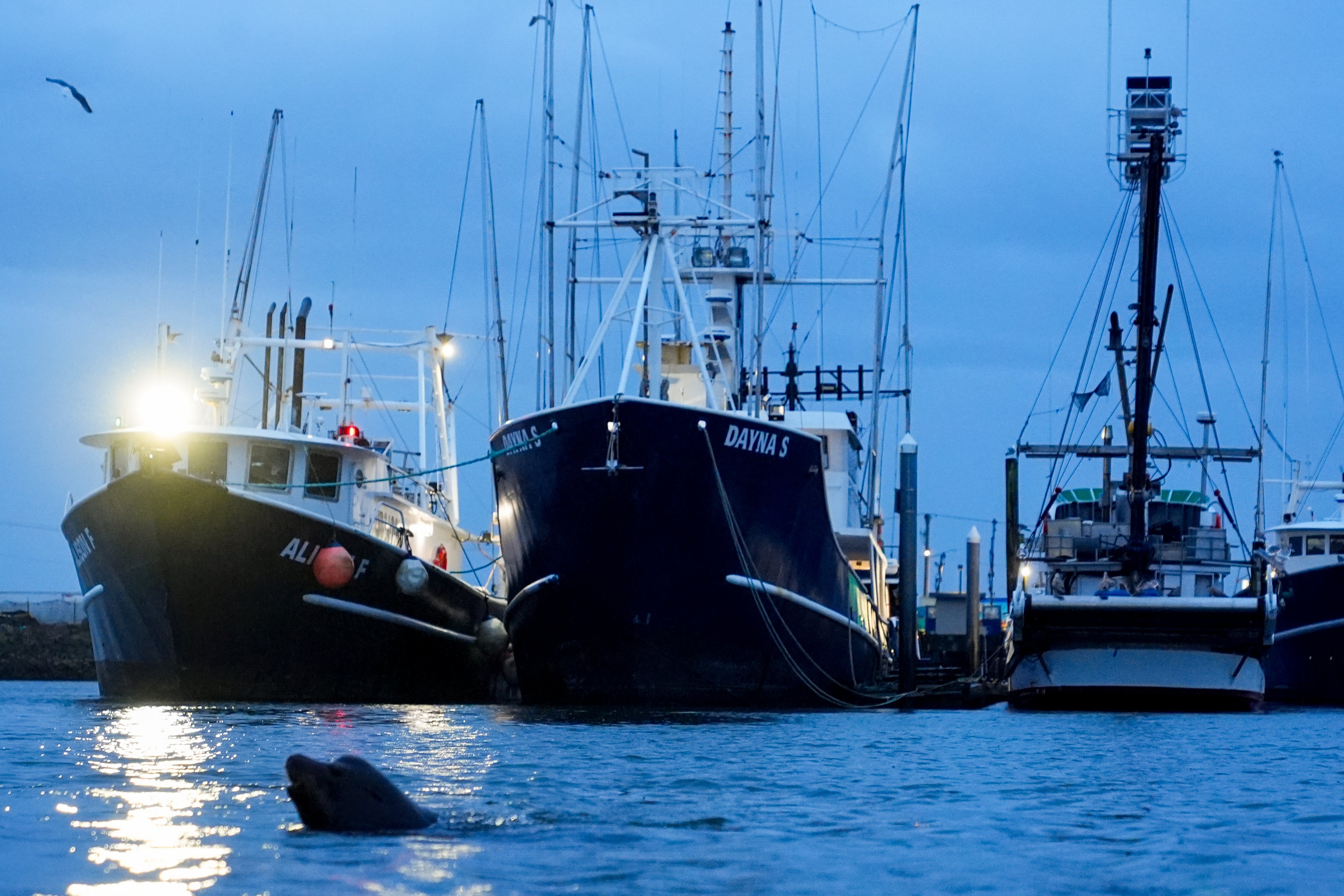Takeaways from The Associated Press' reporting on seafarers who are abandoned by shipowners in ports
The United Nations over the last decade has logged an increasing number of crew members abandoned by shipowners around the world

Your support helps us to tell the story
From reproductive rights to climate change to Big Tech, The Independent is on the ground when the story is developing. Whether it's investigating the financials of Elon Musk's pro-Trump PAC or producing our latest documentary, 'The A Word', which shines a light on the American women fighting for reproductive rights, we know how important it is to parse out the facts from the messaging.
At such a critical moment in US history, we need reporters on the ground. Your donation allows us to keep sending journalists to speak to both sides of the story.
The Independent is trusted by Americans across the entire political spectrum. And unlike many other quality news outlets, we choose not to lock Americans out of our reporting and analysis with paywalls. We believe quality journalism should be available to everyone, paid for by those who can afford it.
Your support makes all the difference.The United Nations over the last decade has logged an increasing number of crew members abandoned by shipowners around the world, leaving sailors aboard months and sometimes years without pay.
More than 2,000 seafarers on some 150 ships were abandoned last year. And the problem shows no signs of abating.
Here are takeaways from The Associated Press’ reporting on abandoned seafarers:
WHAT DOES THE DATA SHOW?
The number of cases is at its highest since the United Nations' labor and maritime organizations began tracking abandonments 20 years ago. The numbers spiked during the global pandemic and continued to rise as inflation and logistical bottlenecks increased costs for shipowners.
One reason for the increase in the number of cases in recent years is better reporting efforts by the International Maritime Organization and the International Labor Organization — the two U.N. agencies responsible for tracking abandonments. With seafarer advocates, they’ve worked to identify cases and assist abandoned crews.
WHAT ARE CAUSES OF THE PROBLEM?
Owners abandon ships and crews for many reasons.
Advocates for workers say shipowners often take advantage of crew members when they are hit by rising fuel costs, debt or unexpected repairs. Some owners vow to pay when their finances turn around.
Cases jumped in the early days of the pandemic, at a time when canceled shipments, port delays and quarantine restrictions pushed shipping traffic into disarray. At the same time, demand for products by consumers stuck at home led to a rush of new orders for ships. But global trade soon shrank, and combined with spikes in fuel and labor costs, many of those new vessels are now at risk of being idled.
Many ships that are abandoned are barely seaworthy and servicing less profitable routes unattractive to the world’s major container lines. They represent a fleet of smaller companies sometimes operating on the edge of legality, for which a minor financial hit can lead to a cascade of unforeseen problems.
WHO IS LOOKING OUT FOR THE SEAFARERS?
The Maritime Labor Convention is a widely ratified international agreement considered a bill of rights for seafarers. It says workers at sea are deemed abandoned when shipowners withhold two months of wages, stop supplying adequate food supplies, or fail to pay to send them home.
The convention requires flag states to step in when shipowners abandon crews. They’re responsible for ensuring seafarers’ welfare and getting them home, and verifying that shipowners have insurance to cover up to four months of wages.
The regulations are aimed at encouraging countries to thoroughly vet shipowners — and spot risks — before ships are registered under their flag.
But the rules aren’t uniformly followed, and beyond naming and shaming there are few ways to enforce the standards. Last year, nearly half of abandoned ships had no insurance, according to the IMO.
In dozens of cases, flag states that are signatories to the international treaty never even respond when told by the IMO that crews on board their ships were stranded without pay. AP’s review found that countries notified the IMO of their efforts to resolve cases less than a quarter of the time.
The flag states with the most abandoned ships tend to have large ship registries by dint of offering lower fees. Panama has registered 20% of all ships abandoned since 2020, according to AP’s analysis of the U.N. data, followed by Tanzania, Palau, and Togo which each were responsible for about 5%. The four countries are all considered by the International Transport Workers’ Federation to be “flags of convenience” with minimal oversight.
Of the four flag states, only Togo responded to questions from the AP. A spokesperson for the country’s international ship registry said it is difficult to vet shipowners’ financial stability, and Togo is “deeply concerned about the complex phenomenon of abandonment.”
The uneven regulations also influence the ports where ships are abandoned most often. More than a quarter of recent cases have taken place in Saudi Arabia, Iran and the United Arab Emirates, which haven’t agreed to the abandonment language in the maritime convention.
None of the countries responded to AP questions about abandonment.
—
This story was supported by funding from the Walton Family Foundation. The AP is solely responsible for all content.
__
Contact AP’s global investigative team at Investigative@ap.org or https://www.ap.org/tips/